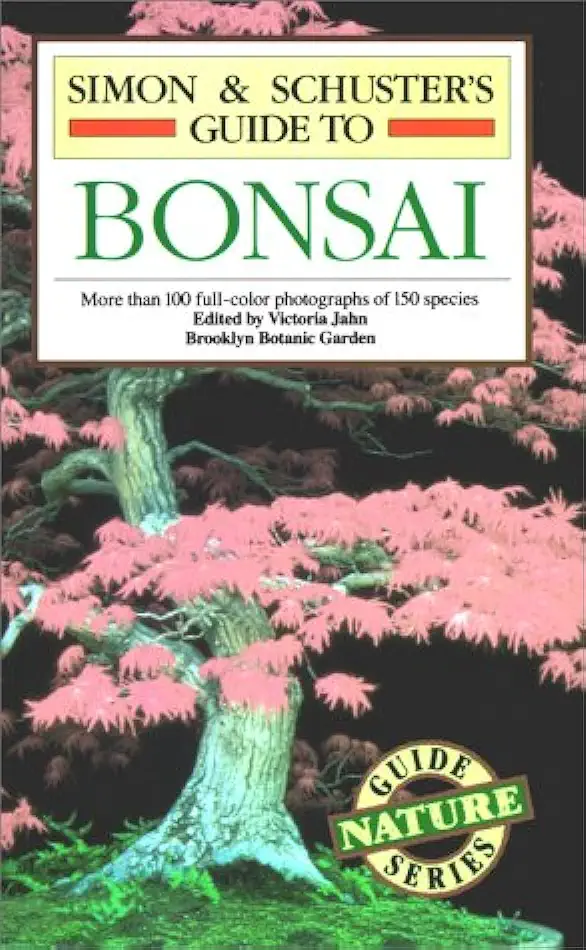
Simon & Schuster's Guide to Bonsai - Gianfranco Giorgi
Simon & Schuster's Guide to Bonsai: The Complete Guide to the Art of Bonsai
Introduction
Bonsai is the ancient art of cultivating miniature trees in containers. Originating in China over 2,000 years ago, bonsai has since spread to Japan and other parts of the world, becoming a popular hobby and art form.
What is Bonsai?
Bonsai is the art of growing and training miniature trees in containers. The goal of bonsai is to create a living work of art that represents the beauty and harmony of nature. Bonsai trees are typically small, ranging in size from a few inches to a few feet tall. They are often shaped into intricate and beautiful forms, such as miniature forests, mountains, or animals.
Why Bonsai?
There are many reasons why people enjoy bonsai. Some people find it to be a relaxing and meditative hobby. Others enjoy the challenge of creating and caring for a living work of art. Bonsai can also be a great way to learn about nature and the environment.
Getting Started with Bonsai
If you are interested in getting started with bonsai, there are a few things you will need to do. First, you will need to choose a tree. There are many different types of trees that can be used for bonsai, so it is important to choose one that is suitable for your climate and skill level.
Once you have chosen a tree, you will need to find a suitable container. The container should be large enough to accommodate the roots of the tree, but not so large that it overwhelms the tree. The container should also have drainage holes to allow excess water to escape.
You will also need to purchase some bonsai soil. Bonsai soil is a special type of soil that is designed to provide the tree with the nutrients it needs.
Caring for Bonsai
Bonsai trees require regular care in order to thrive. This includes watering, fertilizing, pruning, and repotting.
Watering: Bonsai trees need to be watered regularly, but not too much. The soil should be kept moist, but not soggy.
Fertilizing: Bonsai trees need to be fertilized regularly to provide them with the nutrients they need. A balanced fertilizer should be used, and it should be applied according to the directions on the package.
Pruning: Pruning is essential for maintaining the shape of a bonsai tree. Pruning should be done regularly, and it should be done carefully to avoid damaging the tree.
Repotting: Bonsai trees need to be repotted every few years to give them fresh soil and to allow their roots to grow. Repotting should be done carefully to avoid damaging the tree.
Conclusion
Bonsai is a beautiful and rewarding art form that can be enjoyed by people of all ages. If you are interested in learning more about bonsai, there are many resources available to help you get started.